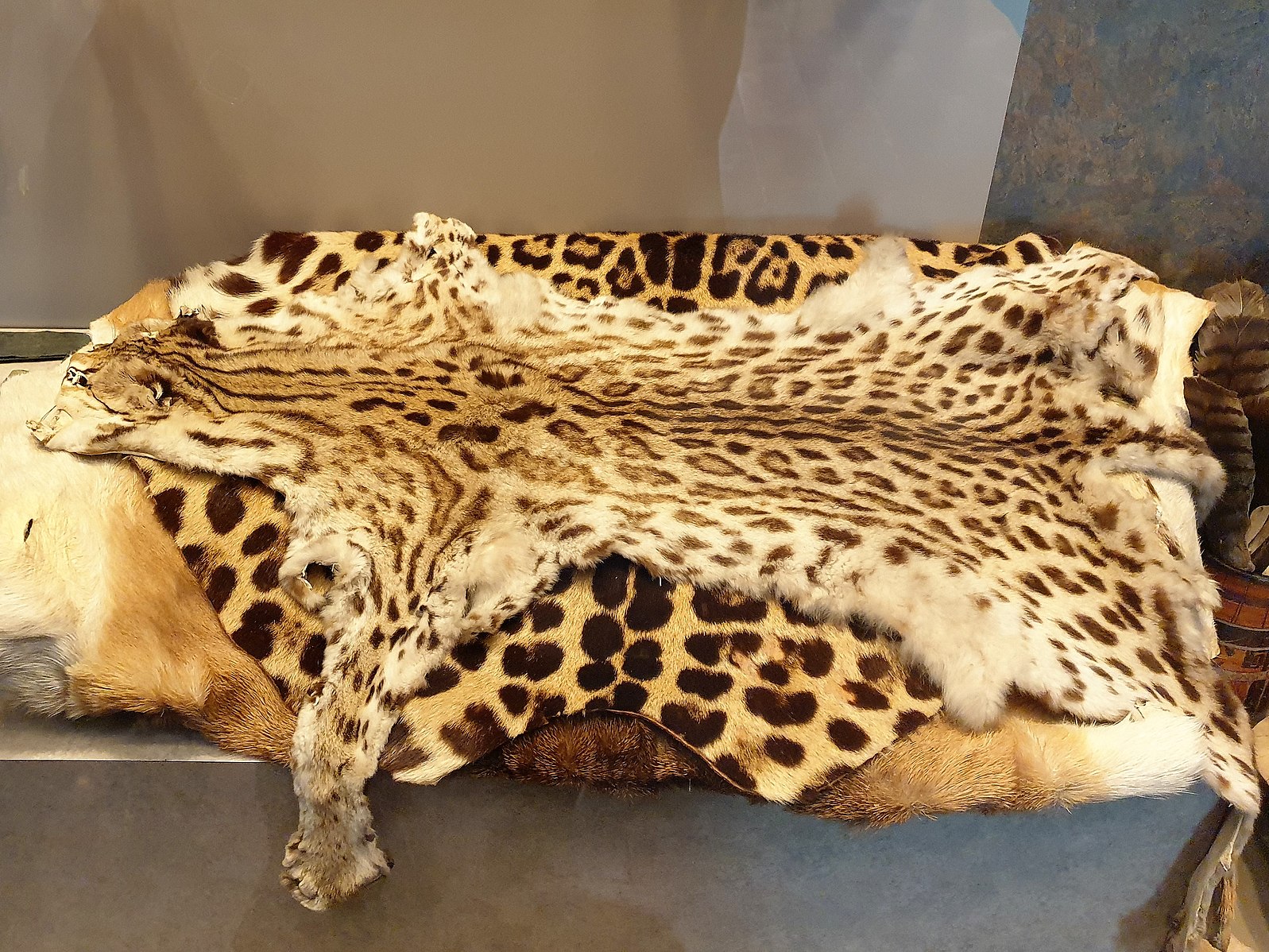

The Amur Leopard or panthera pardus orientalis has been critically endangered since 1996. The Amur Leopards are the rarest big cat in the world. They live in temperate forests. Most of the Amur leopards’ homes lie in protected areas in China and Russia. Conservation of its habitat benefits other species, including Amur tigers and prey species like deer. With the right conservation efforts, we can bring them back and ensure long-term conservation of the region.
The Amur leopard is poached largely for its beautiful, spotted fur. Agriculture and villages surround the forests where the leopards live. As a result the forests are relatively accessible, making poaching a problem, not only for the leopards themselves, but also for important prey species, such as roe deer, sika deer, and hare, which are hunted by the villagers both for food and money.

There are still large tracts of suitable habitat left for Amur leopards across Russia and China. In China, the prey base is insufficient to sustain large populations of leopards and tigers. Prey populations will recover if measures are taken to limit the poaching of prey species and the forests are managed for logging more sustainably. For the Amur leopard to survive in the long term, it needs to repopulate its former range. But for that to happen, prey populations need to recover first.